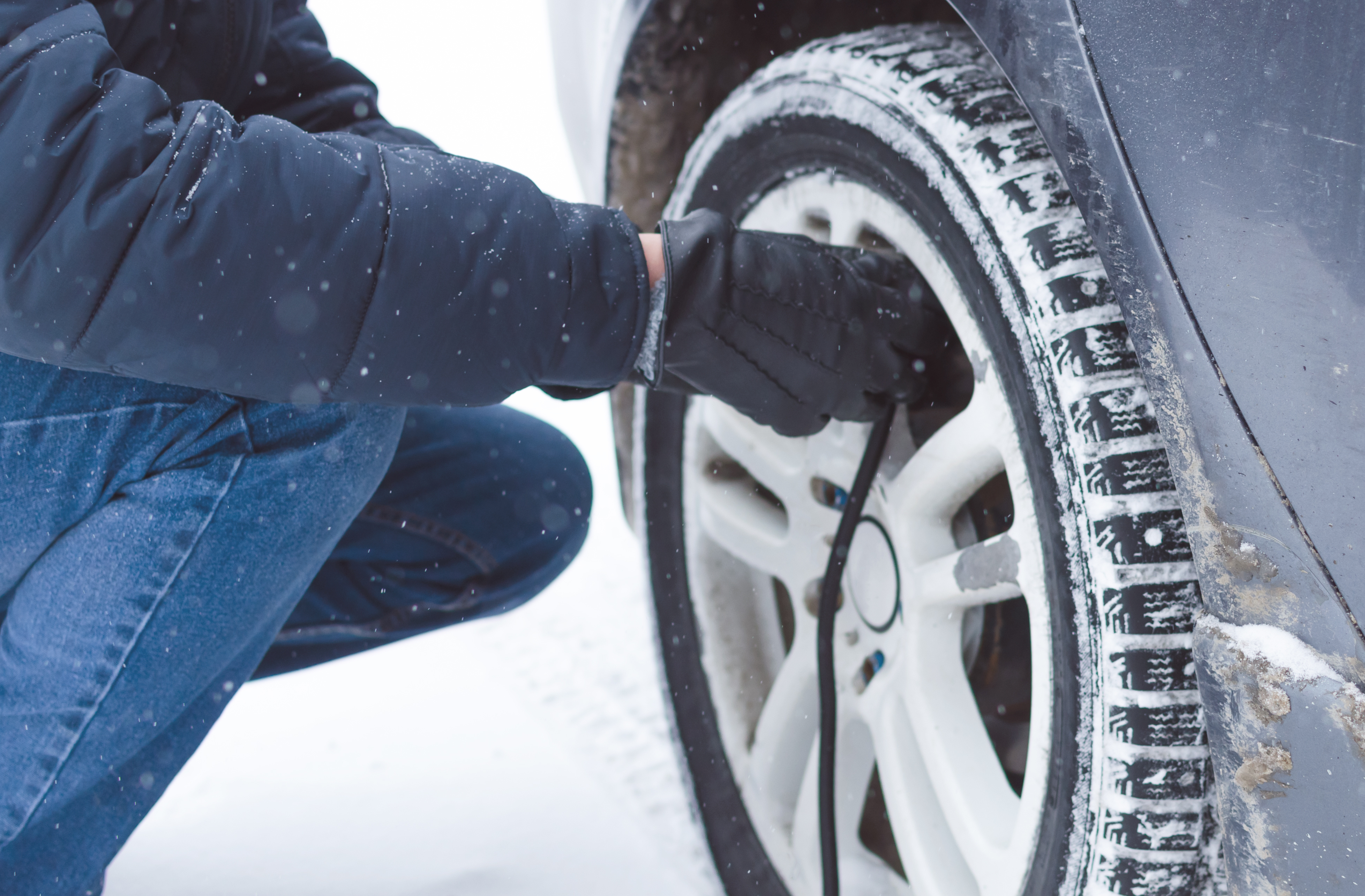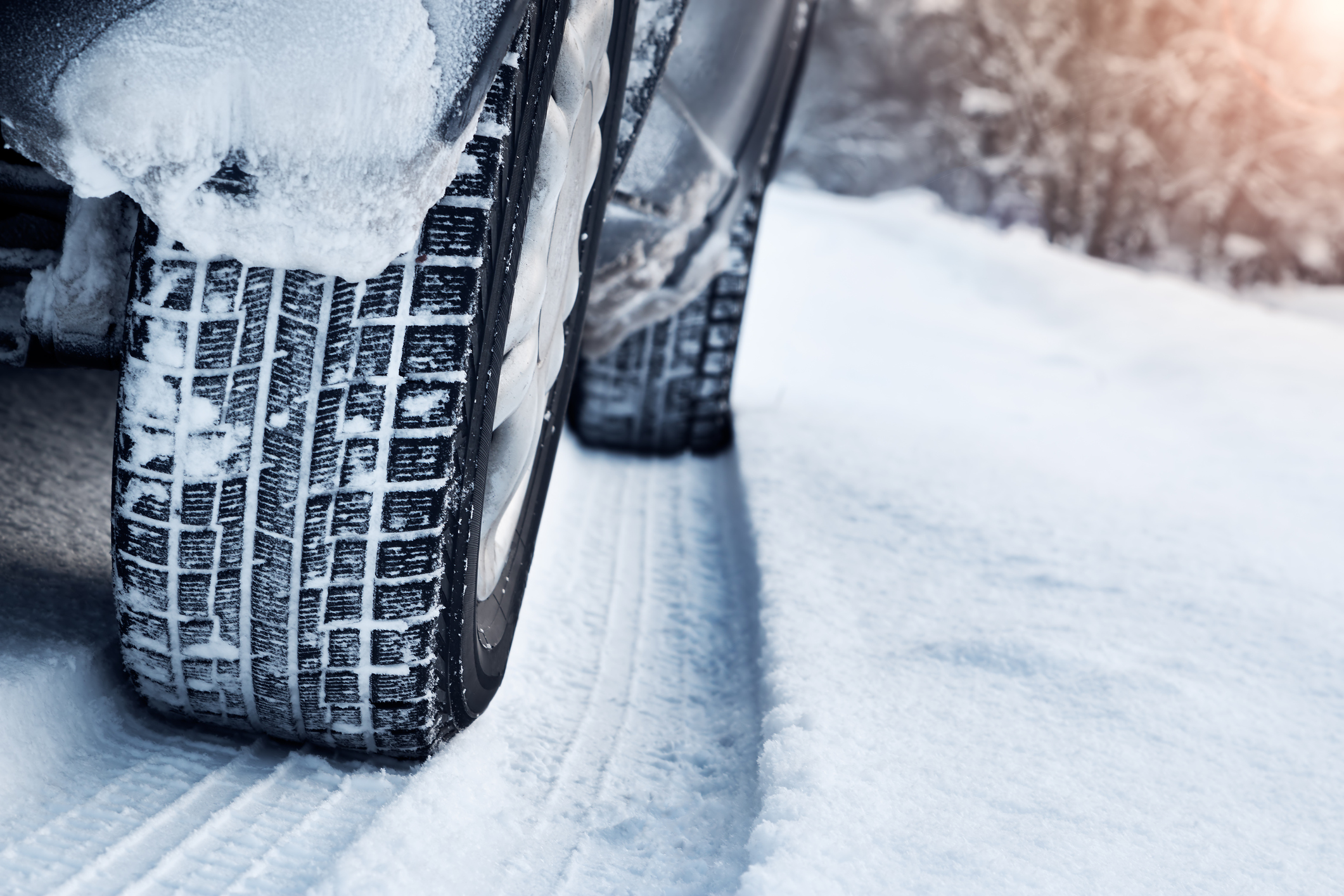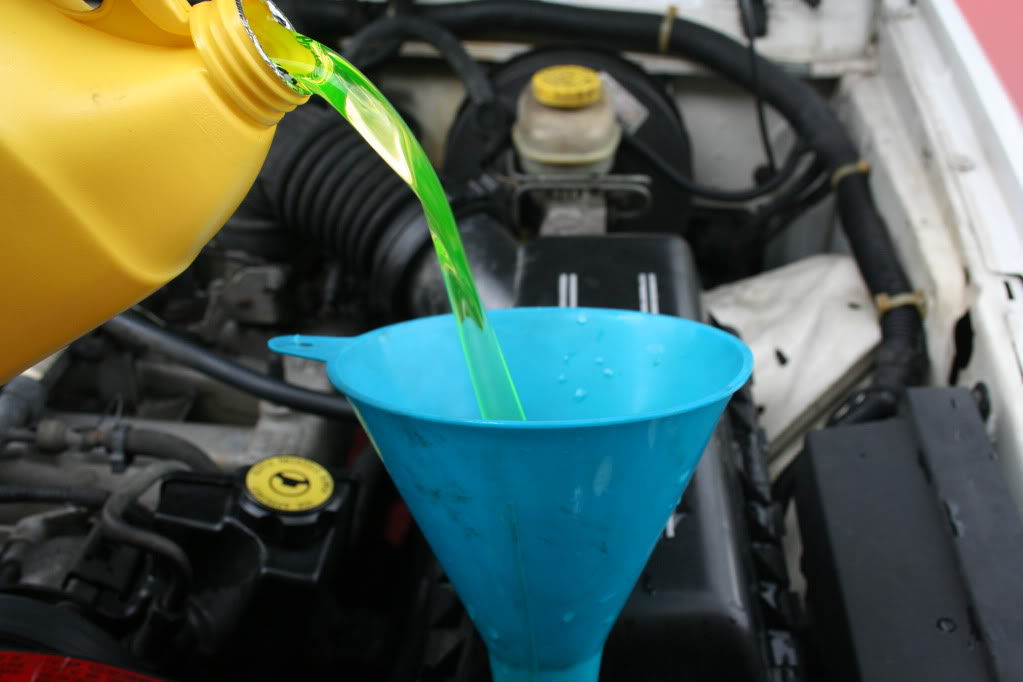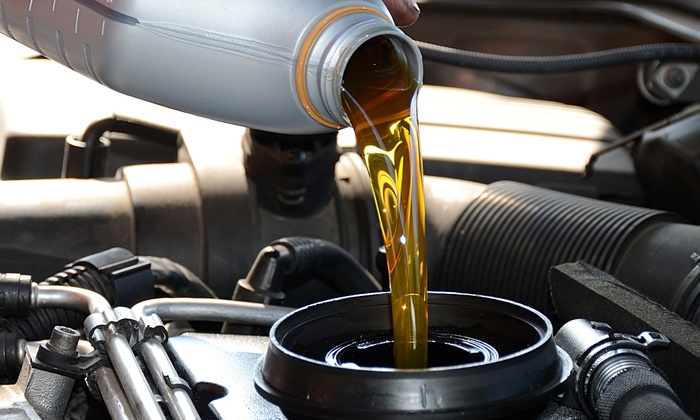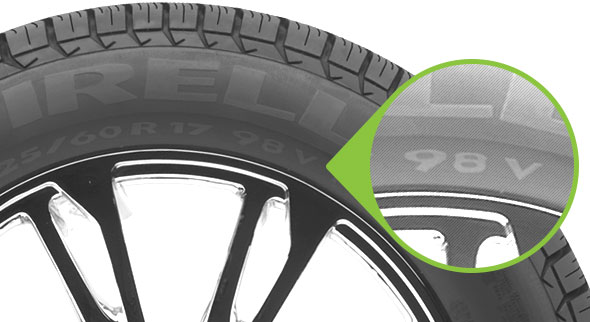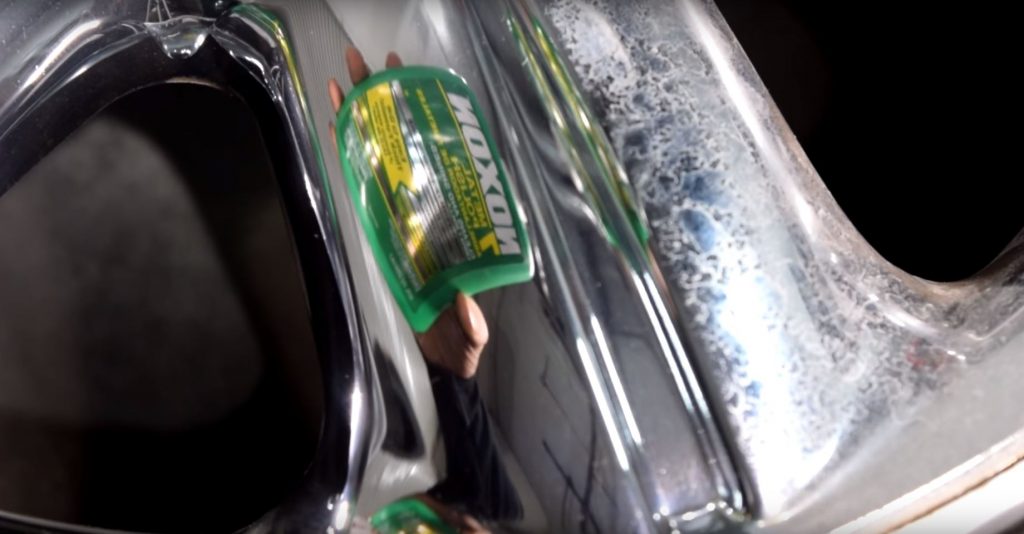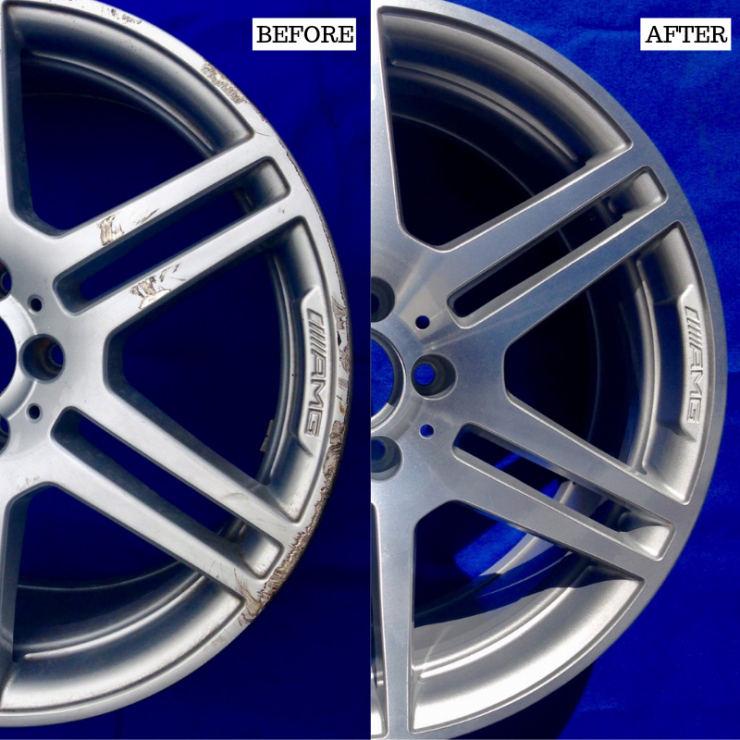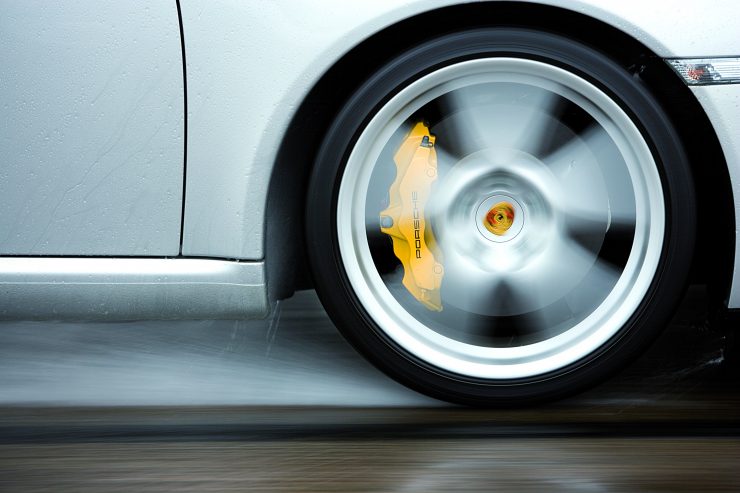German car manufacturers assign internal model codes to each type / generation of vehicle that they produce. This code is extremely beneficial in identifying parts and accessories for vehicles that span multiple generations.
Audi Model Codes
BMW uses a series of development codes for internal numbering. Although they were originally prefixed with E (for Entwicklungscode) followed by a number, all new codes start with 'F' (BMW) followed by a number.
| Code |
Model |
E1 |
34kW Electric vehicle Prototype (1991) |
E1/1 |
37kW Electric vehicle Prototype (1993) |
E2 |
US version of the E1 Prototype (1993) |
E3 |
2500-3000 Si (1968-1977) |
E3/2 |
First Facelift E3 (1971-1973) |
E3/73 |
Second Facelift E3 (1973-1977) |
E3/Long |
E3 Extended Wheelbase (100mm) (1974-1977) |
E4 |
Plastic-E118 wagon ti Bayer Prototype (1968) |
E5 |
Successor Glas 1300 Prototype (1968) |
E6 |
02 Series Touring (1971-1974) |
E6/73 |
Facelift E6 (1973-1974) |
E7 |
Electrical 114 (02 Series to the Olympics) (1972) |
E8 |
Facelift 1800/2000 (1969-1972) |
E9 |
2500-3000 Coupe (CS, CSI) (1968-1975) |
E9/73 |
Facelift E9 Coupe (1973-1975) |
E10 |
2002 - 2002 tii (1968-1975) |
E10C |
2002 full cabriolet (1971) |
E10T |
2002 urbo (1973-1975) |
E10Cab |
2002 clip-Cabriolet (Targa) (1971-1975) |
E10/73 |
Facelift E10 (1973-1975) |
E11 |
E3 M27 V8 engine Prototype (1973) |
E12 |
5 Series Sedan (1972-1976) |
E12/1 |
5 Series Sedan (1976-1981) |
E12/4 |
518, 520, 520i (1972-1981) |
E12/5 |
5 Series with M60 engine (1977-1981) |
E12/6 |
5 Series with M68 engine (1972-1981) |
E12/8 |
5 Series South African production (1973-1981) |
E12/1S |
M 535i (1980-1981) |
E13 |
VCL-swimming-terrain vehicle (1970) |
E14 |
SUV nationally (0.5t) (1970) |
E15 |
Plastic 2.8-liter Coupe (1970) |
E16 |
E9 with M27 V8 engine (1970) |
E17 |
Plastic Coupé Bolkow (0.5 gl) (1972) |
E18 |
6.5 liter coupe with Bizzarini (1970) |
E19 |
Bertone study (based on E114) (1970) |
E20 |
2002 Turbo (1973-1975) |
E21 |
3 Series (1975-1982) |
E21/1 |
Facelift 3 Series 9/77 (1977-1979) |
E21/2 |
Facelift 3 Series 9/79 (1979-1983) |
E21/3 |
316-3 Door 320i (Project) (1975-1976) |
E21/LA |
315 (development from 7/73) (1977-1983) |
E21/5 |
3 with M-60 engine (development from 7/73) (1977-1982) |
E21Cab |
3 Series Cabriolet (Baur) (1976-1983) |
E21/R-1 |
3 for Junior Team Kit (1977) |
E212 |
Mid-engined car (based on E121) (1975) |
E23 |
7 Series (development from 10/72) G-successor (1977-1979) |
E23/1 |
7 series facelift (1979-1982) |
E23/2 |
7 series facelift (1982-1986) |
E23S |
7 series with S38 unit (1984-1986) |
E24 |
6 Series (1976-1982) |
E24/1 |
6 Series with E28 Platform (1982-1987) |
E24/2 |
Facelift 6 Series (1988-1989) |
E24/1S |
6 Series with S38 (1984-1987) |
E24/2S |
Facelift 6 Series 4-valve (1988-1989) |
E25 |
Turbo X1 (1972-1975) |
E26 |
M1 Turbo Sport Coupe (E25 + M33 based) (1973) |
E26/1 |
M1 (development from 4/76) (1978-1981) |
E26/4 |
M1-evolution model (1977) |
E27 |
Alternative to E23 and E3 (1973-1974) |
E28 |
5 Series (1981-1987) |
E28GR |
5 Series-E12-great successor (1974-1977) |
E28S |
Handmade M5 (1984-1987) |
E29 |
Electric vehicle, E107 based (1977) |
E29/2 |
Electric City-Coupe (1979) |
E30 |
3 Series (1982-1990) |
E30/2 |
3 Series two-door (1982-1990) |
E30/2C |
3 Series Cabriolet (1985-1993) |
E30/2S |
M3 (1986-1990) |
E30/2SC |
M3 Convertible (1988-1991) |
E30/2Cab |
3 Series Baur Convertible TC2 (Baur) (1982-1991) |
E30/4 |
3 Series 4-door (development from 9/79) |
E30/4Cab |
Baur Convertible 3-TC2-four-door (1982-1991) |
E30/5 |
3 Series Touring (1987-1994) |
E30/16 |
3 Series 4wd (325iX) (1985-1990) |
E30Z |
E30 Z1 of ZT (80 pieces) (1988-1989) |
E30/88 |
Facelift E30 convertible (1987-1990) |
Z1 |
Z1 roadster (1988-1991) |
E31 |
8 Series (1989-1999) |
E31S |
850 CSi Coupe (1992-1996) |
E32 |
7 Series (1986-1994) |
E32/2 |
7 Series Extended Wheelbase Version (1987-1994) |
E33 |
Electro-E21 (1987-1990) |
E34 |
5 Series (1988-1995) |
E34/2 |
5 Series Coupe (1981) |
E34/3 |
5 Series Cabriolet (1987-1995) |
E34/5 |
5 Series Touring (1990-1997) |
E34/16 |
Six-cylinder 5-wheel-drive Sedan (1991-1996) |
E34/5-16 |
Six-cylinder 5 Series Touring all-wheel- (1991-1996) |
E34S |
M5 handmade (1988-1995) |
E34/5S |
M5 Touring handmade (1992-1995) |
E35 |
Utility Carts with SDP (1970-1979) |
E36 |
3 Series (1990-1998) |
E36/2 |
3 Series Coupe (1992-1999) |
E36/2S |
M3 Coupe (1992-1999) |
E36/2C |
3 Series Convertible (1993-1999) |
E36/2CS |
M3 Convertible (1996) |
E36/3 |
3 Series Touring (1995-1999) |
E36/4 |
3 Series Sedan (1991-1998) |
E36/4S |
M3 Sedan (1997) |
E36/5 |
3 Series compact (1994-1998) |
E36/5S |
M3 compact (1993-2000) |
E36/6 |
3 Series Compact (five) (1981-1982) |
E36/7 |
Z3 roadster (1994-2002) |
E36/7S |
M roadster (1996-2002) |
E36/8 |
Z3 Coupe (1997-2002) |
E36/8S |
M coupe (1997-2002) |
E36/4Cab |
Baur Topcabriolet TC4 (1996) |
E37 |
Predevelopment electric vehicle (1981) |
E38 |
7 Series Sedan (1994-2001) |
E38/2 |
7 Series Extended version (1994-2001) |
E38/3 |
7 Series Protection (1998-2001) |
E38/L7 |
L7 (1996-2001) |
E39 |
5 Series-E34 successor (1995-2003) |
E39S |
M5 Sedan (1998-2003) |
E39/2 |
5 Series Touring (1997-2004) |
E39/2S |
M5 Touring (1997-2003) |
E39/3 |
5 Series Coupe (6 Series) Base (1995-2003) |
E39/4 |
5 Series Convertible (6 Series) |
E42 |
3 small front-wheel drive |
E44 |
Van Project |
E46/2 |
3 Series Coupe (1998-2006) |
E46/2S |
Six-cylinder M3 Coupe (1999-2006) |
E46/2C |
3 Series Convertible (1998-2006) |
E46/2CS |
Six-cylinder M3 Convertible (2000-2006) |
E46/3 |
3 Series Touring (1998-2005) |
E46/4 |
3 Series Sedan (1997-2005) |
E46/5 |
3 compact (three-door) (2000-2004) |
E46/5-S |
Z2 Coupe (2002) |
E48 |
Front-drive 3 Series, a small prototype |
E49 |
Front-drive 3 Series, larger prototype |
E50 |
Successor for Mini - Prototype |
E51 |
V12 Coupe |
E52 |
Z8 roadster (1999-2003) |
E53 |
X5 (1999-2006) |
E53S |
LMR X5 with McLaren engine (2000) |
E55 |
X5 Extended Wheelbase (2000) |
E56 |
Front-wheel drive platform for 2006 |
E59 |
6 Series Coupe |
E59/2 |
6 Series Convertible |
E60 |
5 Series Sedan (2002-2007) |
E60N |
Facelift 5 Series Sedan (2005-2010) |
E61 |
5 Series Sedan (2002-2007) |
E61N |
Facelift 5 Series Sedan (2005-2011) |
E63 |
6 Series Coupe (2002-2007) |
E63N |
Facelift 6 Series Coupe (2006-2011) |
E64 |
6 Series Convertible (2002-2007) |
E64N |
Facelift 6 Series Convertible (2006-2011) |
E65 |
7 Series (2001-2008) |
E66 |
7 Series Extended WheelBase (2001-2008) |
E67 |
7 Series Protection (2001-2008) |
E68 |
7 Series Hydrogen Power(2005-2007) |
E70 |
X5 Sports Activity Vehicle (2006-2013) |
E71 |
X6 Sports Activity Coupe (2008-2015) |
E72 |
X6 Sports Activity Coupé - ActiveHybrid (2010-2015) |
E81 |
1 Series 3-door (2007-2011) |
E82 |
1 Series Coupe (2007-2014) |
E82/2 |
Z2 (2006) |
E83 |
X3 Sports Activity Vehicle (2003-2006) |
E83N |
Facelift X3 Sports Activity Vehicle (2006-2010) |
E84 |
X1 Sports Activity Vehicle (2009-2016) |
E85 |
Z4 Roadster and Z4 M Roadster (2002-2009) |
E86 |
Z4 Coupe and Z4 M Coupe (2006-2009) |
E87 |
1 Series 5-door Sports Hatch (2004-2006) |
E87N |
Facelift 1 Series 5-door Sports Hatch (2006-2011) |
E88 |
1 Series Convertible (2008-2015) |
E89 |
Z4 roadster (2009-2016) |
E90 |
3 Series Sedan (2005-2012) |
E90N |
Facelift 3 Series Sedan (2008-2012) |
E91 |
3 Series Touring (2005-2013) |
E91N |
Facelift 3 Series Touring (2008-2013) |
E92 |
3 Series Coupe (2006-2010) |
E92N |
Facelift 3 Series Coupe (2010-2013) |
E93 |
3 Series Convertible (2007-2010) |
E93N |
Facelift 3 Series Convertible (2010-2014) |
E94 |
4 Series Compact |
E99 |
V Series 2005 |
F01 |
7 Series (2008-2015) |
F02 |
7 Series Extended WheelBase (2008-2015) |
F03 |
7 Series Protection (2009-2015) |
F04 |
7 Series ActiveHybrid (2010-2015) |
F06 |
6 Series Gran Coupe (2011-2018) |
F07 |
5 Series Gran Turismo (2011-2018) |
F10 |
5 Series (2010-2017) |
F11 |
5 Series Touring (2011-2018) |
F12 |
6 Series Convertible (2012-2019) |
F13 |
6 Series Coupe (2011-2018) |
F14 |
6 Series Gran Coupe (2012-2019) |
F15 |
X5 Sports Activity Vehicle (2013-2020) |
F18 |
5 Series Extended WheelBase (2010-2016) |
F20 |
1 Series 5-door (2011-2018) |
F21 |
1 Series 3-door (2012-2019) |
F22 |
2 Series Coupe (2014-2021) |
F23 |
2 Series Cabriolet (2014-2021) |
F25 |
X3 Sports Activity Vehicle (2011-2018) |
F30 |
3 Series Sedan (2012-2019) |
F31 |
3 Series Touring (2012-2019) |
F32 |
3 Series Coupe (4-series) (2012-2019) |
F33 |
3 Series Convertible (4 series) (2012-2019) |
F34 |
3 Series Gran Turismo (2013-2020) |
F35 |
3 Series Extended WheelBase (2015-2022) |
F44 |
1 Series GT (FWD) (2013-2020) |
F45 |
2 Series Touring (FWD) (2014-2021) |
F46 |
2 Series City (FWD) (2014-2021) |
F47 |
X2 (2016-2024) |
F48 |
X1 (2015-2022) |
i3 |
i3 (Megacity Vehicle - Project i) (2013-2020) |
i8 |
i8 ( Vision EfficientDynamics) (2014-2016) |
FAST |
Family Activity Sports Tourer (2014-2022) |
CAT |
Compact Activity Tourer (Sports Van) |
JOY |
1 Series 2 Door (FWD) |
442 |
i100 Coupe ActiveHybrid (2013) |
| Code |
Model |
R107 |
SL Class Coupe/Convertible (1971-1988) |
W124 |
E Class Sedan (1984-1995) |
C124 |
E Class Coupe (1984-1995) |
A124 |
E Class Convertible (1984-1995) |
S124 |
E Class Wagon (1984-1995) |
W126 |
S Class Sedan (1979-1990) |
C126 |
S Class Coupe (1979-1990) |
R129 |
SL Class Coupe/Convertible (1989-1998) |
W140 |
SL Class Sedan (1990-1998) |
C140 |
CL Class Coupe (1993-1999) |
W163 |
M Class (1993-1999) |
W164 |
M Class (2005-2011) |
W166 |
M Class (2011-) |
X164 |
GL Class (2006-) |
W168 |
A Class (1997-2004) |
C168 |
A Class (1997-2004) |
W169 |
A Class (2004-) |
C169 |
A Class (2004-) |
R170 |
SLK Class Convertible (1996-2004) |
R171 |
SLK Class Convertible (2004-2011) |
R172 |
SLK Class Convertible (2011) |
C197 |
SLS Class Coupe (2010-2015) |
R197 |
SLS Class Convertible (2011-2015) |
C199 |
SLR Class (2004-2010) |
R199 |
SLR Class Coupe/Convertible (2007-2010) |
W201 |
C Class Sedan (1982-1993) |
W202 |
C Class Sedan (1997-2000) |
W203 |
C Class Sedan (2000-2007) |
S203 |
C Class Wagon (2001-2007) |
CL203 |
C Class Coupe (2001-2008) |
CLC203 |
C Class Coupe (2008-2011) |
W204 |
C Class Sedan (2008-2014) |
S204 |
C Class Wagon (2008-2014) |
X204 |
GLK Class (2008-2015) |
C207 |
CLK Class Coupe (2010-2017) |
A207 |
CLK Class Convertible (2010-2017) |
C208 |
CLK Class Coupe (1997-2002) |
A208 |
CLK Class Convertible (1997-2002) |
C209 |
CLK Class (2002-2009) |
A209 |
CLK Class Coupe (2003-2009) |
W210 |
E Class Sedan (1995-2002) |
S210 |
E Class Wagon (1996-2003) |
W211 |
E Class Sedan (2002-2009) |
S211 |
E Class Wagon (2003-2009) |
W212 |
E Class Sedan (2009-2016) |
S212 |
E Class Wagon (2009-2016) |
C212 |
E Class Coupe (1999-2006) |
C215 |
CL Class Coupe (1999-2006) |
C216 |
CL Class Coupe (2006-2014) |
C218 |
CLS Class Sedan (2011) |
W219 |
CLS Class Sedan (2004-2010) |
W220 |
S Class Sedan (1998-2005) |
W221 |
S Class Sedan (2005-2005) |
R230 |
SL Class Convertible (2001-2012) |
R231 |
SL Class Convertible (2012-) |
W245 |
B Class (2006-2011) |
W246 |
B Class (2011-) |
W251 |
R Class (2005-2013) |
V251 |
R Class (2005-2013) |
V414 |
Vaneo (2001-2005) |
G460 |
G Class (1979-1989) |
G461 |
G Class (1989-) |
G463 |
G Class (1990-2018) |
A463 |
G Class (2012-) |
W463 |
G Class (2012-) |
W638 |
V Class (1996-2003) |
W639 |
V Class (2003-2014) |
W901 |
V Class (1995-2006) |
W906 |
V Class (2006-) |


